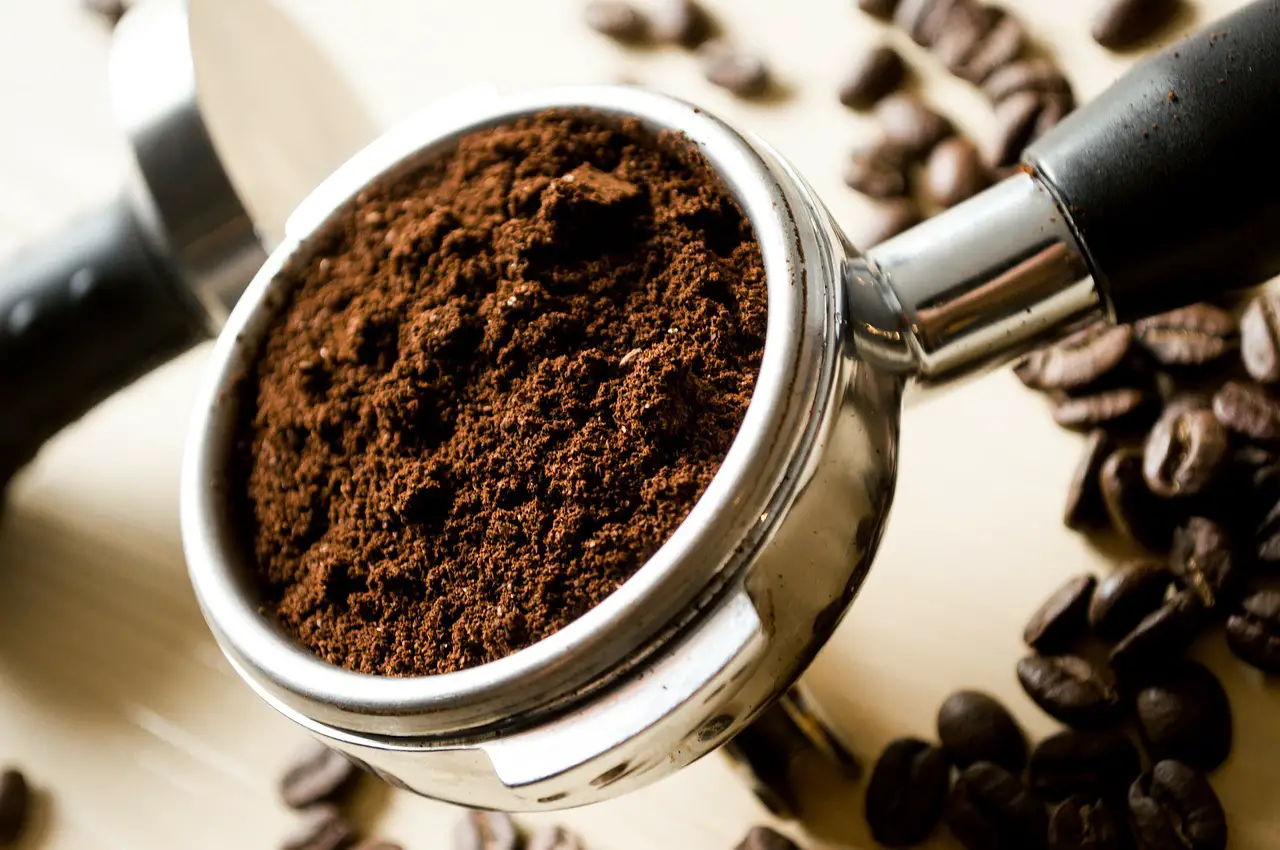With whole beans in the pantry, you always have close to great coffee experiences. By grinding yourself you can easily get your cup just as you want it.
By grinding the coffee yourself you get more opportunities to explore your personal taste. Just the wonderful aroma of freshly ground beans in the kitchen is in itself a strong reason to get your own mill. It is also a way to make sure you always have fresh and tasty coffee at home.
CHOICE OF COFFEE MILL
The first step is, of course, to invest in a good coffee grinder. The simplest variants are often equipped with knives or rotating blades, which means that the mill does not have the same precision as those of higher quality and therefore will produce an uneven result. The knives chop the beans and often lack the opportunity to choose the size of the ground coffee yourself.
This means that how fine or coarse the coffee gets depends only on how long you grind. But the end result is never quite smooth, no matter how patiently you use the mill.
Grinders that cost around a hundred EUR and up are usually much better, instead of knives they have flat, alternatively tapered, grinding wheels and are driven with wheel mechanics. With this method, the coffee gets an even roughness when it is crushed between the grinding discs. The roughness can be set as desired.
The grinding boards can thus look in two different ways: two flat boards or with a conical design, where one of the boards is flat and the other is shaped like a small top.
The latter gives an even slightly better grind, with slightly longer durability. As soon as you have your mill, just test yourself, grinding should be controlled by the brewing technique and how long the contact time between water and coffee is. Fine ground coffee thus goes nicely to espresso, medium to brewing coffee and coarse to press jug or percolator. The longer the contact time, the coarser the grinding.
YOUR WATER AFFECTS THE GRAINING RATE
In many countries, the water differs, usually regionally but also locally, and in order to find the best balance, you have to take that into account. Soft water is better combined with coffee of higher coarse and hard water with finely ground beans. Keeping track of what water you have in the tap can make a huge difference in the coffee cup. How you brew coffee obviously plays a supporting role as well.
The easiest way to make really good coffee is to use a pressure cooker. With a pressure cooker, the water is added directly from a kettle, which ensures a sufficiently high temperature. The press can is one of the few preparation methods where it pays to overdose and experiment with the amount of coffee. If you overdose in a regular brewer, the only penalty is a tastier taste than usual. There are suddenly opportunities to experiment with the amount of coffee in correlation with the time you leave the coffee before it is pressed. An extra coffee measure can easily shorten the usual three to four minutes.


nice post Thanks for sharing